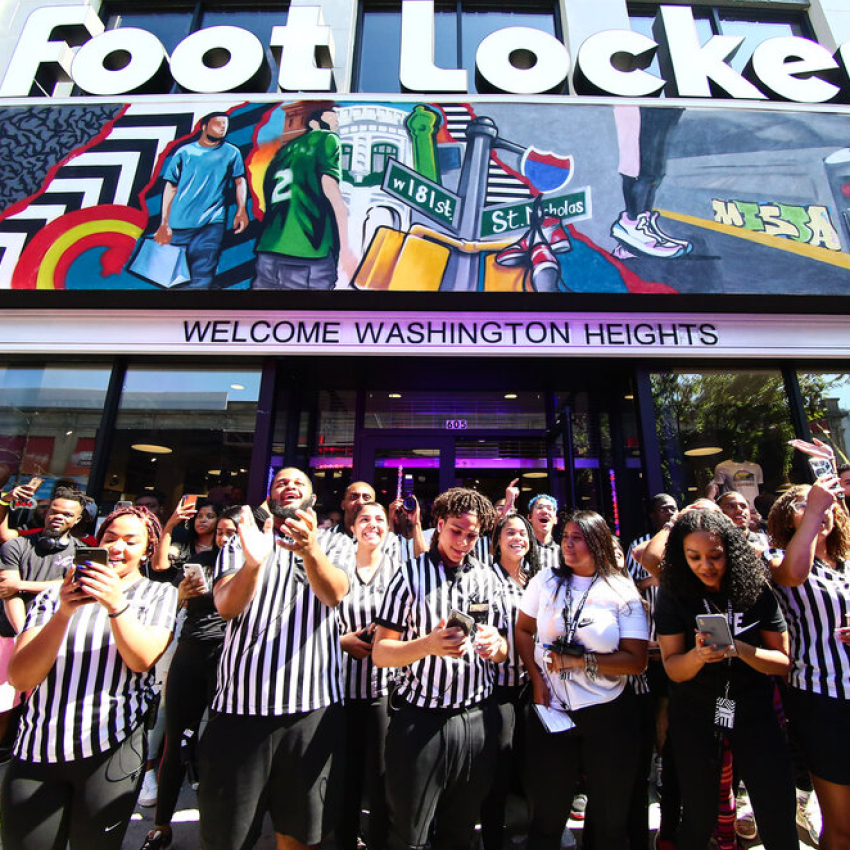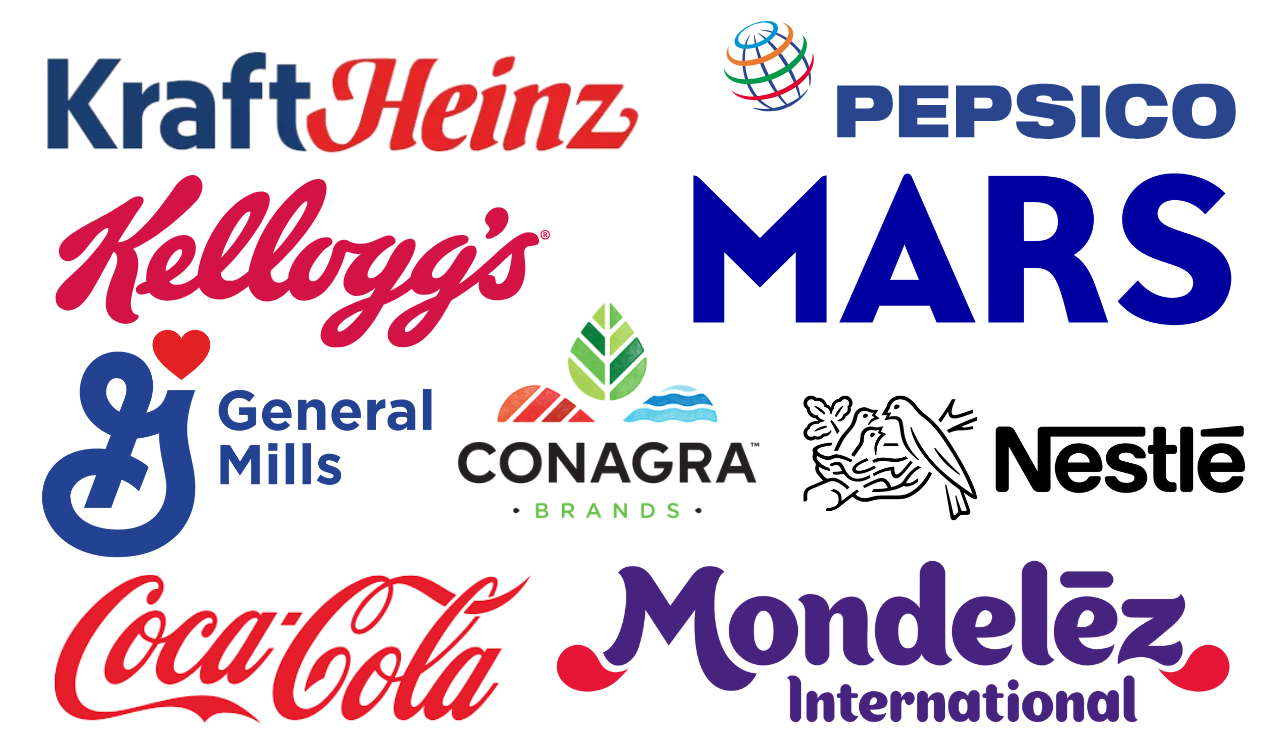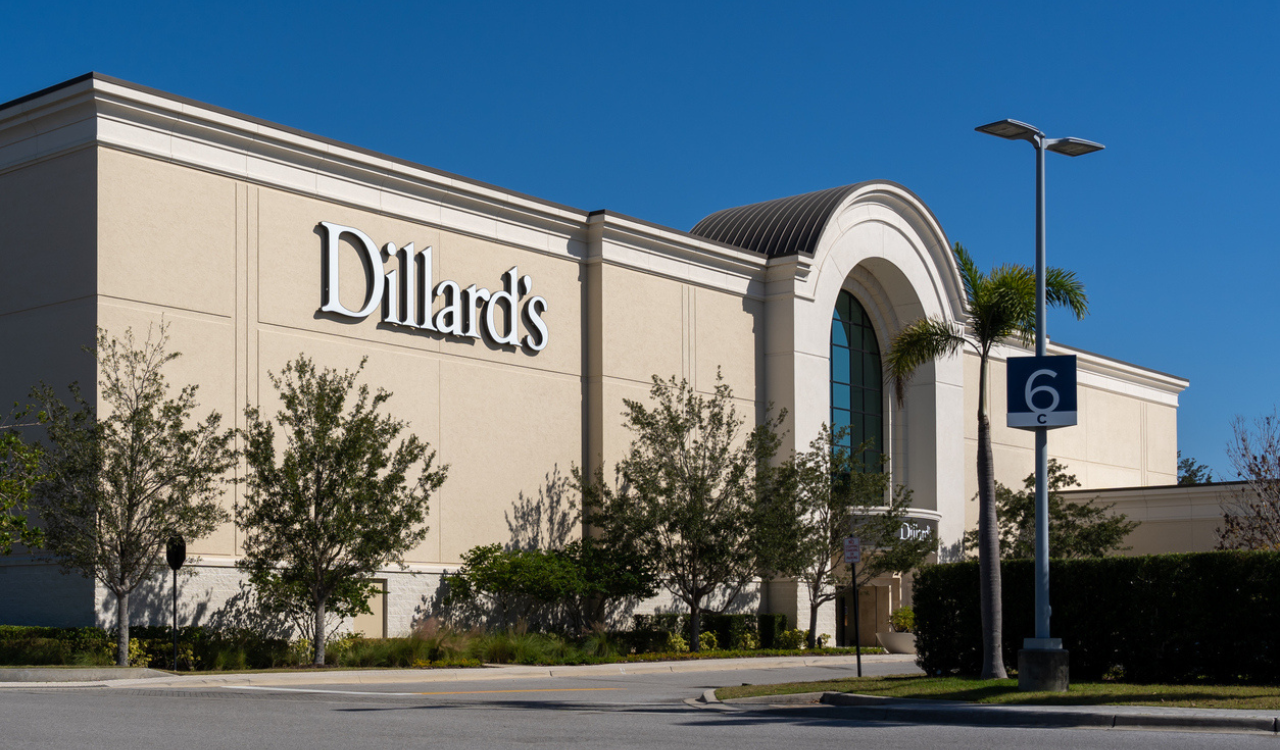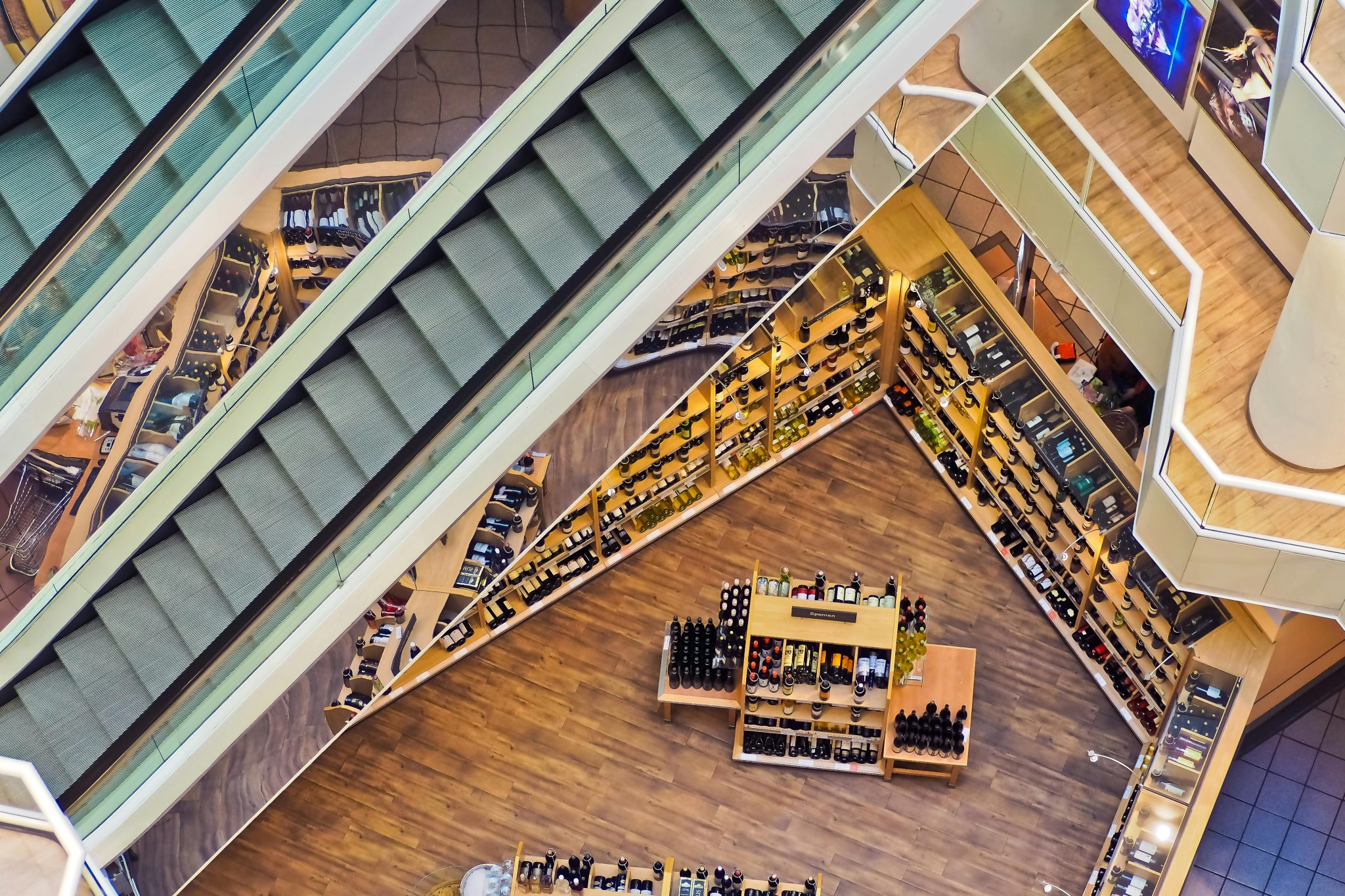In a sentence: Is Foot Locker possibly shedding its mall anchors and accelerating the rollout of its neighborhood Power Stores? For what reason? To escape antiquated malls? To get closer to its consumers? To personalize and localize the brand by becoming a part of, and contributing value to their communities? To create experiences that are cool and awesome to their sneaker culture? Try all of the above.
Survival of the Fittest
Prior to the pandemic, many experts were predicting that roughly two-thirds of the 1200 major malls in the U.S. would be shuttered within the decade (with the few exceptions that would be transformed into compelling experiential destinations). The predictions were largely based on major shifts in consumer behavior, favoring convenience, speed and/or experiences, and the meteoric rise of ecommerce. Who in the world wants to travel miles to a cavernous hall packed several stories high with stuff? How about nobody?
Then came Covid-19. I won\’t pile on what you already know and has been repeated a thousand times. But, honestly, it is simply accelerating the death of this model that was launched 64 years ago. In fact, it is unraveling as I write, aided and abetted by its collapsing department store anchors.
And while this collapse is unfolding, there are those unfortunate retail specialty brands (apparel comprising about 60 percent of the tenants) who will also be sucked down by the undertow. Some of the more enlightened of those, even before Covid hit, whose businesses were challenged by declining mall traffic, actually viewed the mall as an anchor wrapped around their necks. How ironic is that? Many of the enlightened brands were beginning to strategically reposition their models to accommodate and serve a new generation of consumers.
Foot Locker Resilience
Foot Locker is one those enlightened brands. With roughly 900 stores in the U.S., primarily mall-based (not including Kids Foot Locker and Lady\’s Foot Locker and another couple thousand internationally), Foot Locker was beginning to pivot their positioning several years ago as mall traffic was declining. During that period, which many experts were calling the retail/mall \”apocalypse,\” Foot Locker was resilient as a strong brand. Led by its CEO Dick Johnson and its leadership teams, Foot Locker had forged an indelible connection with their consumers.
“We feel good about our community-based Power Store efforts. Connecting with the community is something that\’s critical.” Dick Johnson, CEO, Foot Locker
Strategically (further enabled by technology) it had been committed to \”personalizing\” every touch point in the shopper\’s journey, both online and in stores. In fact, the brand was so strong that I\’m sure they were a traffic builder for the malls, not vice versus. They appeared to be an even more important anchor than many of the ailing department stores.
In fact, during Foot Locker\’s recent Q2 analyst presentation, delivering very positive results relative to the pandemic headwinds, the brand\’s CFO Lauren Peters said,\” We are very much a desired tenant for our landlord partners. We bring great formats in a category that really serves specialty and athletic well. So, being a desired tenant and a very good tenant, we think that\’s helpful in getting occupancy arrangements that makes sense for our model. But leverage has really helped when you\’re driving positive comps.\” Read: The malls would very much like Foot Locker to stick around.
My advice? Be observant of the crumbling walls of the malls and know when the heck to leave. Like soon?
Power Stores, Powering the Future
In my opinion, Foot Locker has the perfect opportunity to up its game with their Power Store model. The first location in the U.S. was launched in January 2019, in Eastpointe, Michigan. This was followed by successful openings in Philadelphia, New York, London, Liverpool, Hong Kong and as recently as last week in Compton, California. Yes, in the middle of the pandemic, which they are navigating through like the rest of the industry. And they stated that upcoming stores are planned for Chicago and Vancouver, B.C.
In my opinion, the new 12,800 square-foot California store, like previously opened locations, is yet another example of what will replace last century\’s antiquated models of big boxes and traditional malls, piled high with stuff.
Foot Locker, already an indelible and addictive part of sneaker culture DNA, is upping its game with its Power Stores, connecting with consumers in their neighborhoods, almost as a social gathering hub, strengthened by hiring their staff locally from within a five-mile radius of the store. The overused but apt word \”immersive\” is totally applicable in describing how each local Power Store will mirror the neighborhoods that they serve. Exclusive products, a full family shopping experience, store artwork created by local artists and an activation space in which they will host ongoing community events for the \”sneaker-obsessed\” are hallmarks of the new model.
The Compton store engaged two local artists, Mel Depaz and AngelOnce, to design custom artwork for the interior and exterior of the store. The store also hosts neighborhood clean-ups and maintaining a community garden. Foot Locker\’s fleet of top athletic-lifestyle brands including Nike, Jordan, Converse, Adidas, Puma and more, will be joined by a curated group of local brands Foot Locker has partnered with to sell exclusive and limited-release product, including Viva La Bonita, Ugly Primo, Mel Depaz and K.Swiss x Mike Reesé. Foot Locker also recently announced that it committed to donate more than $1.5 million in footwear to youth communities most affected by the pandemic during the 2020 BTS season.
Redefining the Retail Experience
CEO Dick Johnson said in their Q2 analyst presentation, \”In short, we believe we are well-positioned to capitalize on evolving customer shopping behaviors through a sustained emphasis on digital as well as evaluating a further pivot off-mall, including through our Power Store offense. We believe our Power Store concept and community focus is the right offense to offset mall-related pressures. The Pandemic has accelerated work that we\’ve had in process for a number of quarters as we continually monitor the fleet and the health of the fleet and the health of the malls. We feel good about our community-based Power Store efforts. Connecting with the community is something that\’s critical and those stores have shown us that when consumers aren\’t sheltered in place that they like to get into those environments and share experiences with our associates and connect with each other socially\”
The future of retail is about gaining quicker and easier personal access to consumers (where they live and where they are) and providing quicker and easier and personalized access for consumers.
Check both boxes for a true game-changer: Foot Locker.





